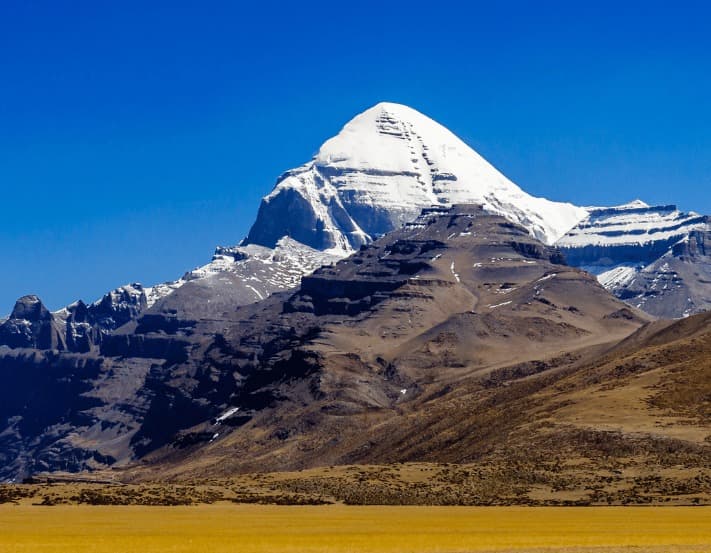Manakamana is the temple of Durga Bhawani (Hindu Goddess) in the Gorkha District of Nepal. Manakamana means “wishes.” It is believed that Goddess Manakamana fulfills the wishes of those who worship her with a pure heart. Therefore, it is very accurate when someone with something from the heart; God performs it.
Manakamana is one of the most popular religious places in Nepal. Millions of people from different places come to visit the Manakamana temple every year. People believe that their wish will be fulfilled after Manakamana Mandir Darsan so they visit there with a pure heart. Hike on Travel is making your tour more comfortable by providing a Manakamana Tour Package from Kathmandu and Pokhara so that you can enjoy your trip with your family.
Manakamana temple also offers a panoramic view of mountain peaks in the North. Some of these popular distant mountains are Mt. Manaslu, Mt. Himchuli, and Mt. Annapurna. Also, the Kathmandu to Manakamana distance is approximately 140 km (87 miles). However, one can drive to Kurintar, Chitwan along the Prithvi Highway, and get the cable car to Muktinath temple. The drive from Kathmandu to Kurintar will cover a 104 km distance. Manakamana Mandir darshan Sewa starts from a cable car ride at Kurintar near Trishuli river at the bottom of the hill finally to the Manakamana Mandir. This cable car is the first ropeway in Nepal. Traveling to Manakamana temple by foot is now the act of history. In case you wish to hike to Manakamana you can follow the traditional trail from the bottom.
The Manakamana Temple Tour is the best way to relish the holy visit to one of the oldest temples in Nepal- the Manakamana temple. This holy temple signifies the temple of the goddess of wish. According to local beliefs, people who visit this sacred place and make a wish with a pure heart then whose wishes are granted in return. Additionally, this pilgrimage site lies at an elevation of 1,302 meters on the hilly ridge in the Gorkha district in Nepal. Besides, the ridge offers a beautiful view of the magnificent Trishuli River in the south and the Marshyangdi River in the west.





